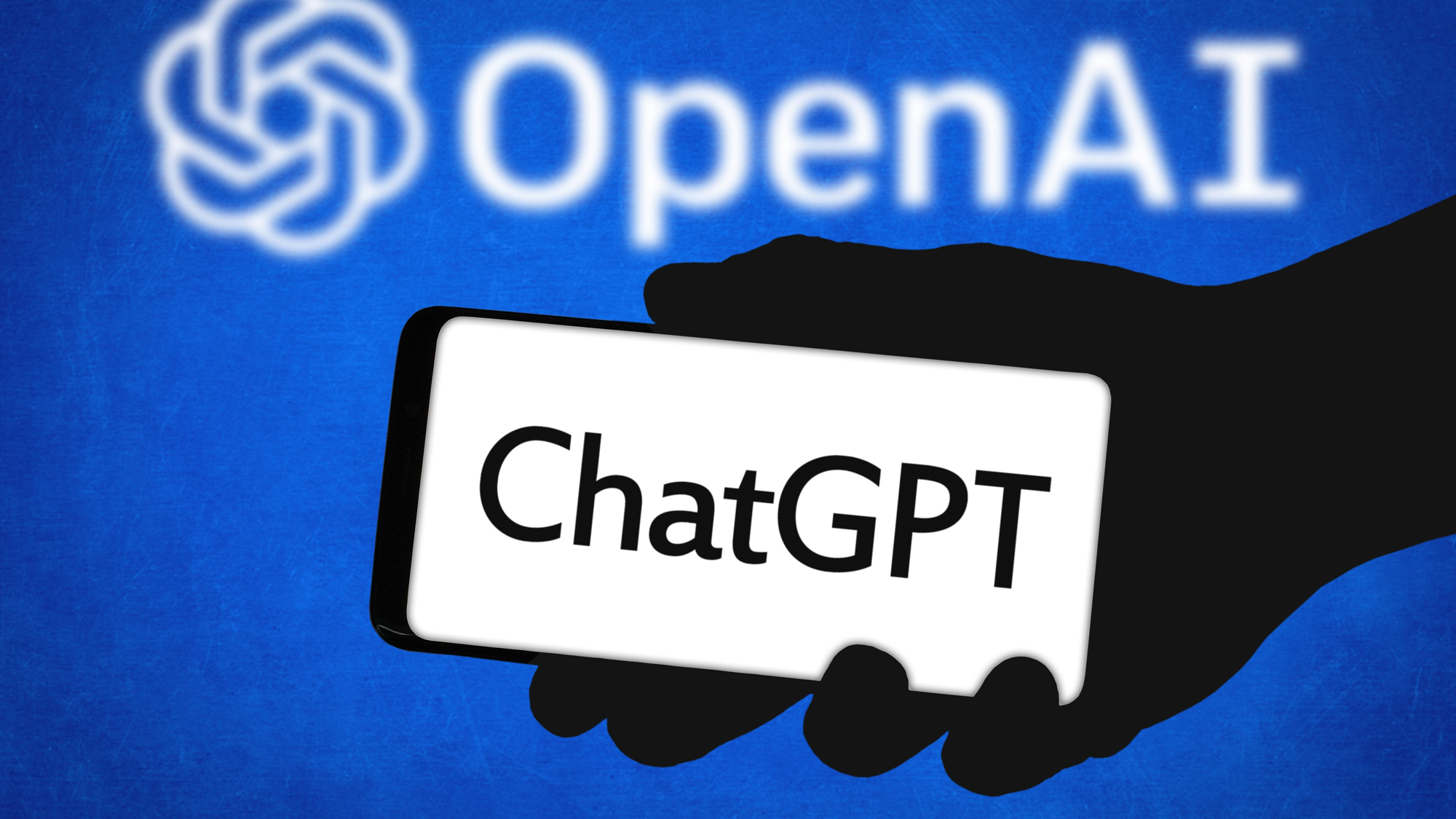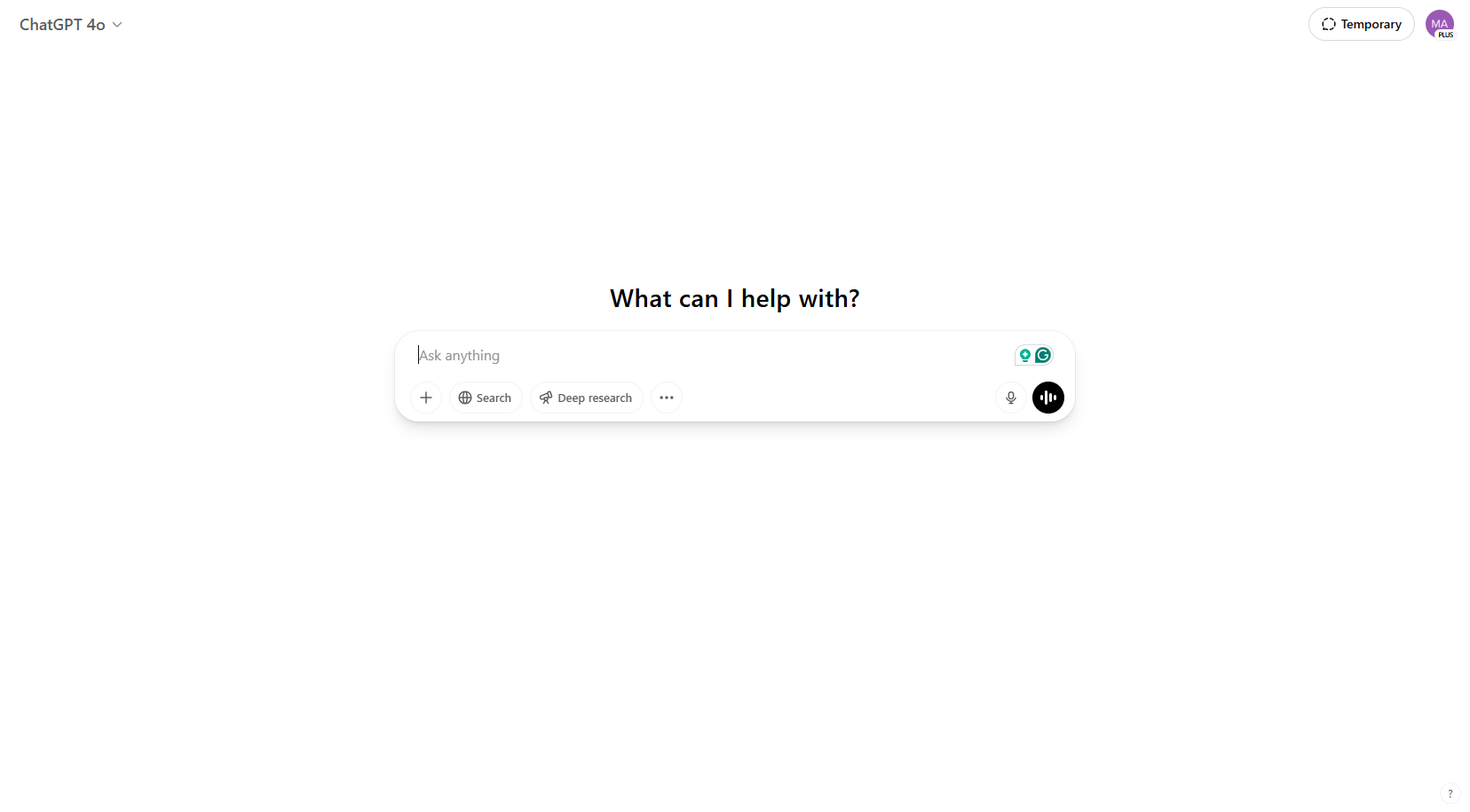
If you’ve been following the news, you’ve probably seen it: AI-driven layoffs are on the rise. From newsroom cuts to tech giants automating tasks once handled by entire teams, AI is getting smarter and changing the job market faster than anyone expected.
Whether you’re trying to protect your current job or looking for your next role, the uncertainty is real. Even though I test AI tools for a living, I found myself asking: Could AI replace me, too?
That’s when I tried a simple exercise with ChatGPT — using just a few prompts to assess my career risk and figure out how to stay ahead of AI. Here’s exactly how you can do the same.
Step 1: Upload your resume into ChatGPT

Start by copying and pasting your current resume into ChatGPT (or your preferred chatbot).
You can also upload it directly, just be sure you have removed all personal, confidential or sensitive information first.
If you don’t have a formal resume handy, you could use ChatGPT to write one, or you can also provide a summary of your current role, responsibilities, and major skills.
Step 2: Ask the hard question

Once you’ve shared your background, type this prompt:
"Based on my resume and skills, how soon will AI take my job?"
You might be surprised by the response. AI can provide a candid, and often eye-opening, assessment of how vulnerable your role is to automation — and which aspects of your job are still uniquely human.
It may flag parts of your skill set that are becoming less valuable in the current market. But, it may also give you reassurance based on your skills and ability to adapt.
This is also a good time to enter the description of a job you're hoping to land in the next few years. Will it even exist?
Step 3: Get your action plan

Next, follow up with this prompt: "What skills do I need to learn to pivot and future-proof my career?"
The chatbot will typically generate a list of in-demand skills that can help you adapt, pivot to more secure roles or even transition into entirely new career paths.
These often include areas where human expertise still has an edge — think creativity, emotional intelligence, leadership, strategy, problem-solving and relationship-building.
Step 4: Never stop learning

Based on what the chatbot told you, go ahead and take your prompting a step further by asking ChatGPT: "What’s the best way for me to start learning these skills?"
In seconds, you’ll get suggestions for online courses, certifications, books, podcasts and communities that can help you upskill — often tailored to your current industry or experience level.
It never hurts to be prepared
This quick exercise won’t eliminate the risks of an AI-driven job market, but it will give you clarity and maybe even peace of mind as you discover new ways to use your skills.
These prompts turn an overwhelming question (will AI take my job?) into an actionable plan.
More importantly, it serves as a wake-up call: never stop learning. There are numerous ways you can elevate your human skillset and even develop skills to use AI to do your job better.
The best way to stay relevant is to continuously evolve your skills and, where possible, double down on the human qualities AI can’t easily replicate. That’s your edge in an AI-powered world.
Asking ChatGPT the tough questions is a habit I now recommend to anyone, in any industry.







